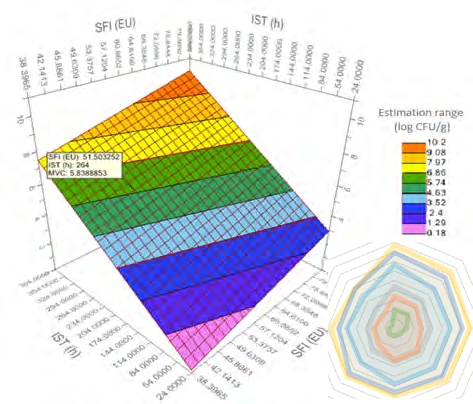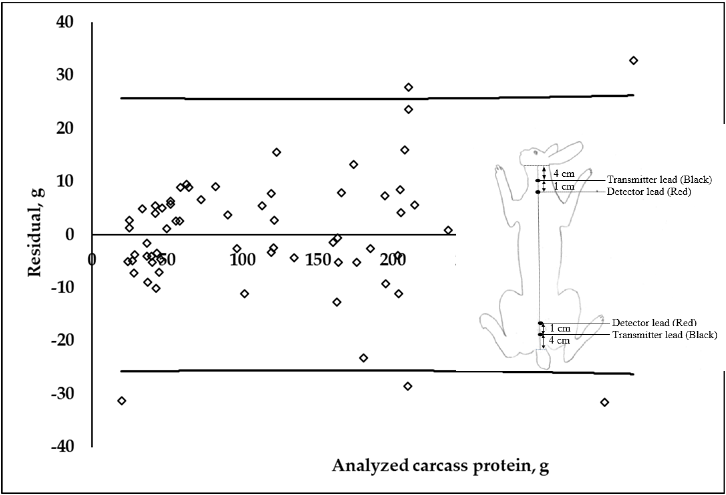Guide to buying best quality seafood
This document provides guidance and handy tips, which consumers can use to ensure they know what to look for when purchasing quality fresh, chilled or frozen seafood.

This document provides guidance and handy tips, which consumers can use to ensure they know what to look for when purchasing quality fresh, chilled or frozen seafood.

This study reports total lipid in the white muscle of pink and chum salmon by age group from fish caught in high-seas of the North Pacific Ocean and Bering Sea during the spring (April-June) and the summer (June-July) of 2006. In addition, this document reports a preliminary result of muscle lipid analysis using a portable Fish Fat Meter.

In this study, we present the results of experimental two-way mass selection for muscle lipid content in pan-sized rainbow trout. Selection was performed over two generations with the aim of evaluating the efficiency of the Fish Fat Meter values as a non-destructive predictive trait for selection. Direct and correlated responses for some major productive features (growth, body shape and composition, reproductive characteristics) were examined.

Study of Sardine’s somatic condition which is essential in reproductive potential.

The aim of this study is to test the application of the Fish Fat Meter as a surrogate of bomb calorimetry to infer the energy content of both small pelagic fishes. For validation, the Fish Fat Meter values were compared with both energy density (ED; via bomb calorimetry) and Kn values.

We tested hypotheses that differences in the distribution and role of lipids as energy stores among species would influence the suitability of condition indices for estimating energy and lipid content.

The aim of this study was to develop the QIM scheme for raw bogue from Adriatic Sea and evaluate it in a shelf-life study.

This research studied sea bream freshness evolution through storage time in ice by determining different quality parameters and sensory profiles.

Quality changes of whole, iced Gilthead sea bream were monitored by sensory evaluation, k1 value, GR Torrymeter, and bacterial counts. The methods were tested for their suitability to determine freshness quality and remaining storage life in ice.

To show that bioelectrical impedance method is an accurate non-invasive method to determine growing rabbits’ carcass composition.